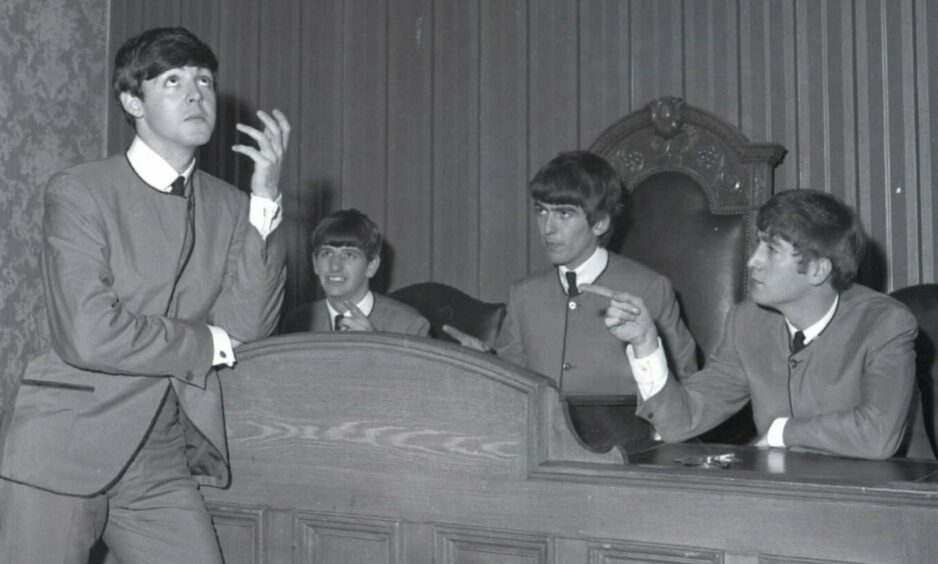
It was 60 years ago today The Beatles blew Dundee away.
A new word was added to the English language when the four fun-loving Liverpudlians performed two 30-minute sets at the Caird Hall on October 7 1963.
The Fab Four were eventually smuggled to safety through a coal bunker to a getaway car in Castle Street with a little help from decoy vehicles and Perth paratroopers.
Beatlemania was born.
It’s easy to forget, though, that the band only reached the stratosphere after paying their dues on a less-than-magical mystery tour of Scotland that started 10 months earlier.
The Beatles struggled to find fans
John Lennon, Paul McCartney, George Harrison and Ringo Starr had played at dances in an unusual mixture of venues in Elgin, Aberdeen, Dingwall and Bridge of Allan.
Albert Bonici employed Dundee music promoter Andi Lothian to look after the Bridge of Allan show, which took place in front of “96 drunk young farmers and four women”.
Yet Andi and Mr Bonici boarded a plane for London to meet The Beatles’ manager, Brian Epstein, and begged to have the band again despite the underwhelming response.
Epstein agreed, but on the proviso that it wasn’t for dances – but concerts, and it would be £500 rather than £40 a night for a three-night tour of Scotland in October 1963.
It was a major gamble, but Andi and fellow promoter Mr Bonici knew they were going to be huge and took the risk and signed the exclusive agreement with Mr Epstein.
They were right.
From the moment that Please Please Me was released on January 11 1963 and they stormed to the top of the charts, they produced hit after hit and never looked back.
The Beatles were on the cusp of world domination by the time they arrived north of the border on October 5 for the three-date mini tour of Glasgow, Kirkcaldy and Dundee.
The Beatles performed twice in Dundee, at 6.15pm and 8.30pm, and members of the audience paid between five and 15 shillings for tickets, which soon sold out.
As with any big local event there was a great deal of anticipation in the run-up to the concerts in The Courier, which had already run ticket competitions for lucky fans.
On October 7, the paper previewed the Dundee show in a spread surrounded by adverts that cashed in on the concert including Beatles-style jackets from Menzies Men’s Wear.
The Beatles arrived in Dundee from the Salutation Hotel in Perth at 5.30pm.
Caird Hall manager Charles Macdonald called a conference in his office and formulated a plan to protect them from screaming fans and get them back to Perth in one piece.
First of all, it was agreed the Liverpool lads would not leave the hall between shows.
Transistor radios, a record player and records, magazines and a television set were laid on to help them while away the time and meals were also provided.
Although the TV refused to work.
John Lennon spoke to The Courier before 1963 Dundee gigs
The band were on their way to global superstardom but there was no ego or look-at-me prima-donna posturing and they were ordinary and approachable backstage.
Candid photographs show the Fab Four hanging around backstage where Anne Leslie and Norma Fox from Dundee were among the lucky fans that got to meet their idols.
The band’s sense of humour can be seen as they played it for laughs.
It’s clear to see they all had a great time.
The Beatles wanted to meet local celebrities and Andi Lothian obliged by asking Dundee FC players George Ryden and Hugh Robertson if they would meet the band.
Journalist Fraser Elder from the People’s Journal presented the band with a cartoon portrait he sketched when he interviewed them in Perth before the concert.
John Lennon smoked a cigarette and talked to Courier reporter Irene Rowe on the subject of girls screaming while he and the other Beatles were on stage.
“We don’t mind it at all as long as the whole audience is screaming,” he said.
“That’s just fine by us.
“We have a ball.
“What does it matter if they can’t hear us?
“They can buy records for that.
“We’re on tour to let the fans see us.
“We think Scottish audiences are marvellous.
“We’ve thoroughly enjoyed the tour.”
The scene was set from 6.15pm by supporting groups including Johnny Hudson and the Teen-Beats before The Beatles made their entrance beneath dimmed lights at 7.40pm.
John Lennon missed half the first number because he took several minutes to untangle his amplifier cable, although the ear-shattering screaming meant nobody noticed.
The 30-minute setlist included I’ll Get You, From Me to You, A Taste of Honey, I Saw Her Standing There, Baby, It’s You, She Loves You and Twist and Shout.
Lennon and fellow songwriter McCartney introduced the numbers but hardly one word was intelligible because of the noise.
Even a good-natured “shut up” from Lennon brought a still louder answering howl.
The second house at 8.30pm, was, to put it mildly, a rammy.
“The Caird Hall erupted, women fainted and the stage bouncers and St John’s Ambulance men were swamped,” said Andi Lothian.
“It was almost impossible to hear the group.
“It was absolute mayhem.
“Getting John, Paul, George and Ringo out of the Caird Hall in Dundee proved exciting.
“To avoid being swamped by fans they had to go out a back door and scramble across a coal bunker to get to their car.
“I remember turning to a reporter and saying: ‘It’s Beatlemania’ and a week later the term had hit the Fleet Street press.”
Nothing would be the same again.
The Courier said the “great escape was planned like a military operation”.
Going without a hitch — almost.
“Without stopping, they handed over their guitars and were ushered by police through the switch-room, downstairs through the boiler-house and out into Castle Street, where the getaway car was waiting to take them back to their Perth hotel,” it said.
“But in the equipment van, right behind the car, sat two teenage girls who had played a hunch which worked.
“Their shrieks of success attracted a 50-strong crowd, but police managed to clear a way for the Liverpool lads, who piled into the car and were driven off.
“Meanwhile, other teenagers were pursuing four paratroopers of the 15th Battalion Perth Parachute Division, who had started a diversionary action.
“Spreading the rumour that they were to act as bodyguards, the paratroopers drew attention to themselves before diving into a parked car at the main door in City Square.”
They were gone.
Among the 5,000-odd fans who travelled to see The Beatles were 21-year-old Joe Robb and 19-year-old Frank Logan, who were staff members from Gleneagles Hotel.
They tried — and failed — to get the band’s autographs.
On the way home in a van with another friend and his girlfriend they stopped off at a café in Perth and learned The Beatles were staying at the Salutation Hotel.
Leaving their two friends to carry on home, Joe and Frank walked into the Salutation Hotel and booked themselves in for the night.
Sitting in the lounge, they heard screams from outside the hotel, the slamming of a car door, and then, there in front of them stood – The Beatles.
Joe and Frank congratulated them on their great show – and then got the autographs they had been so desperate to have.
The Beatles’ signatures cost Joe and Frank £3 for bed and breakfast.
Both reckoned they were worth every penny.
The Beatles returned to perform at the Caird Hall on October 20 1964, the last time they would come to Dundee.
Ecstatic fans screaming until they collapsed was common at a Beatles concert, but reports of their last show in the city said the “bedlam” was on a whole new level.
The hysteria may have died down but Beatlemania is alive and kicking.
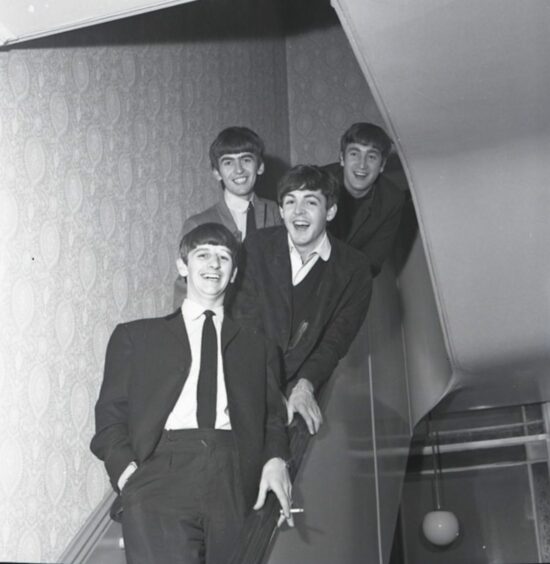
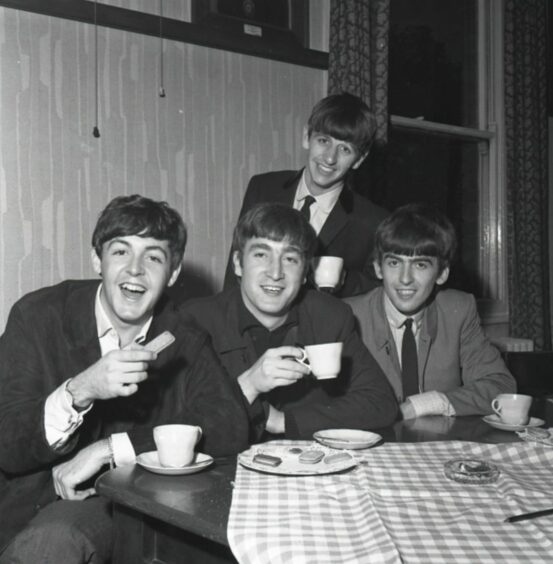
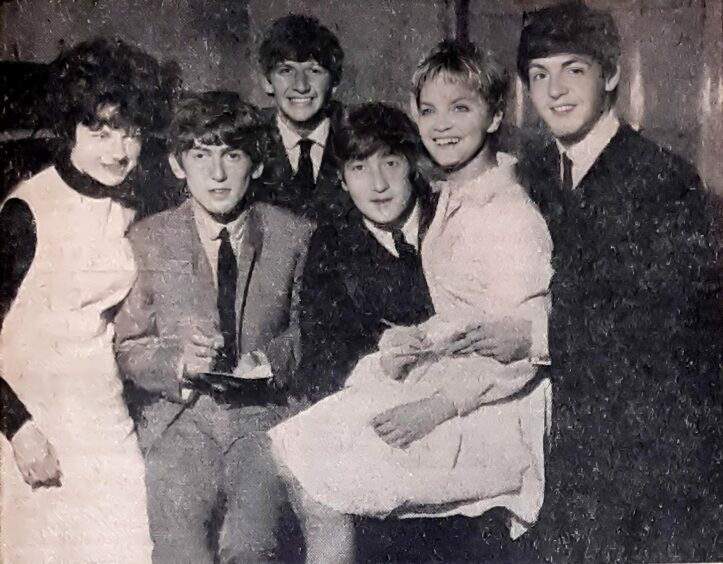
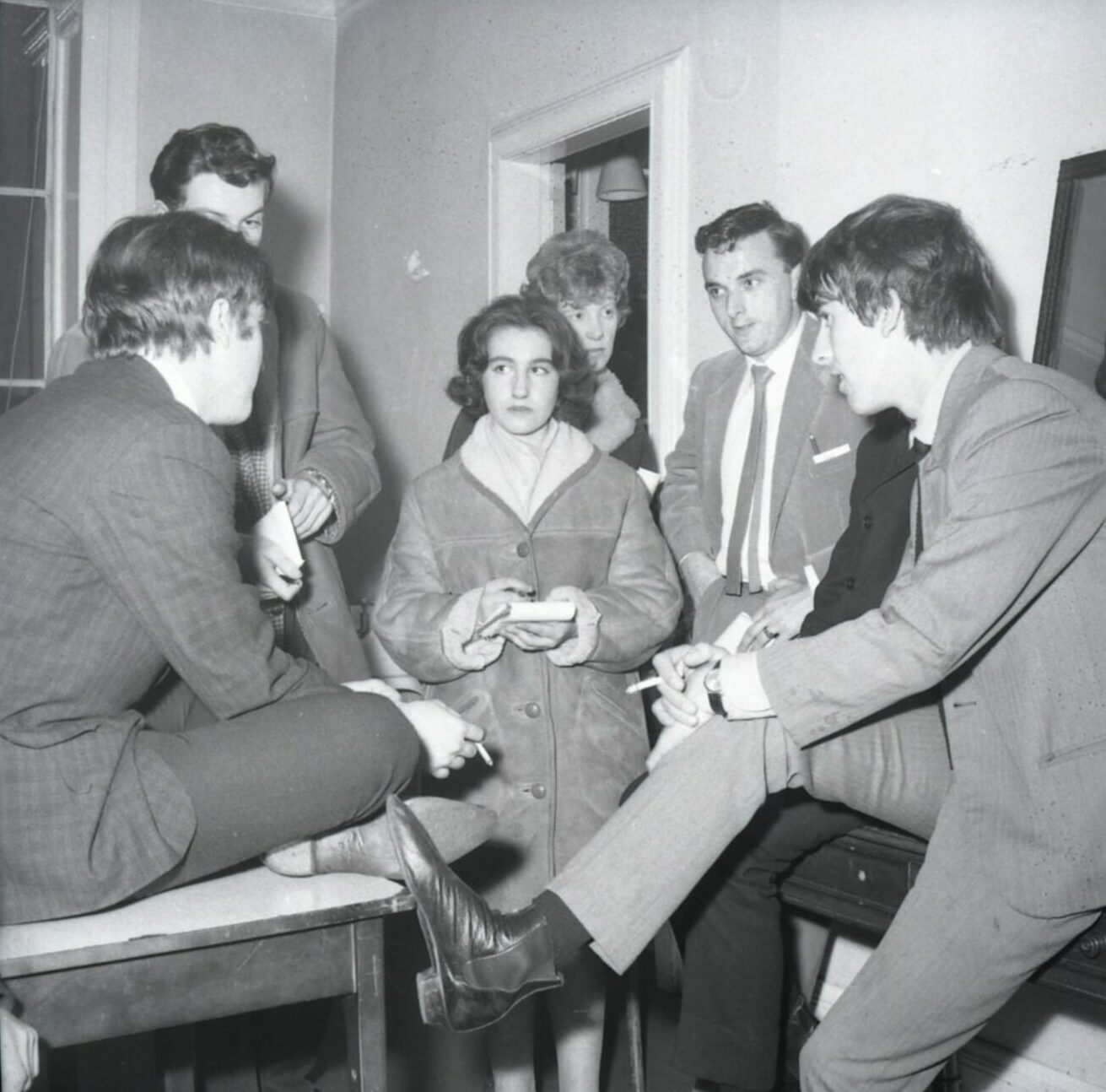
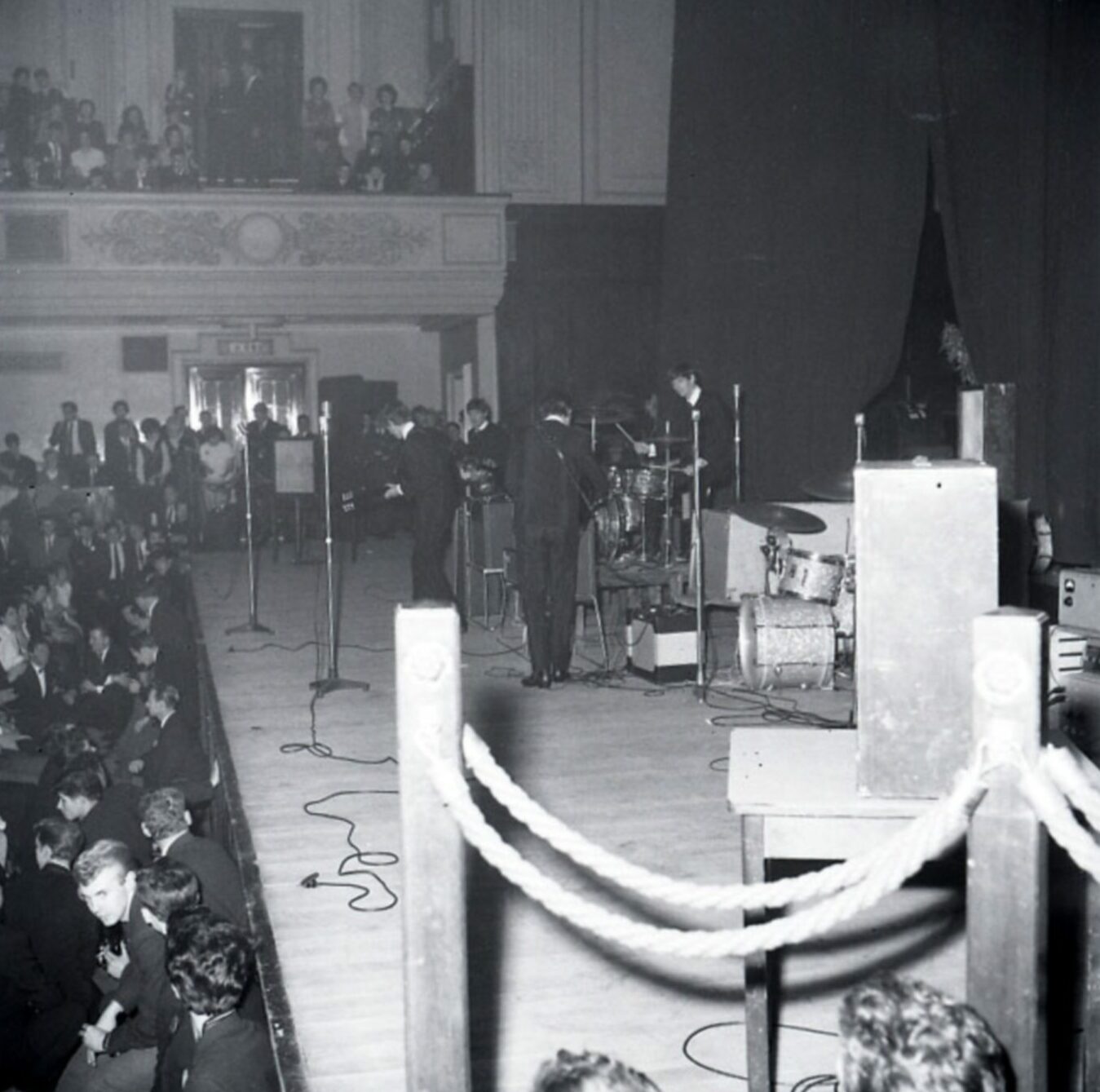
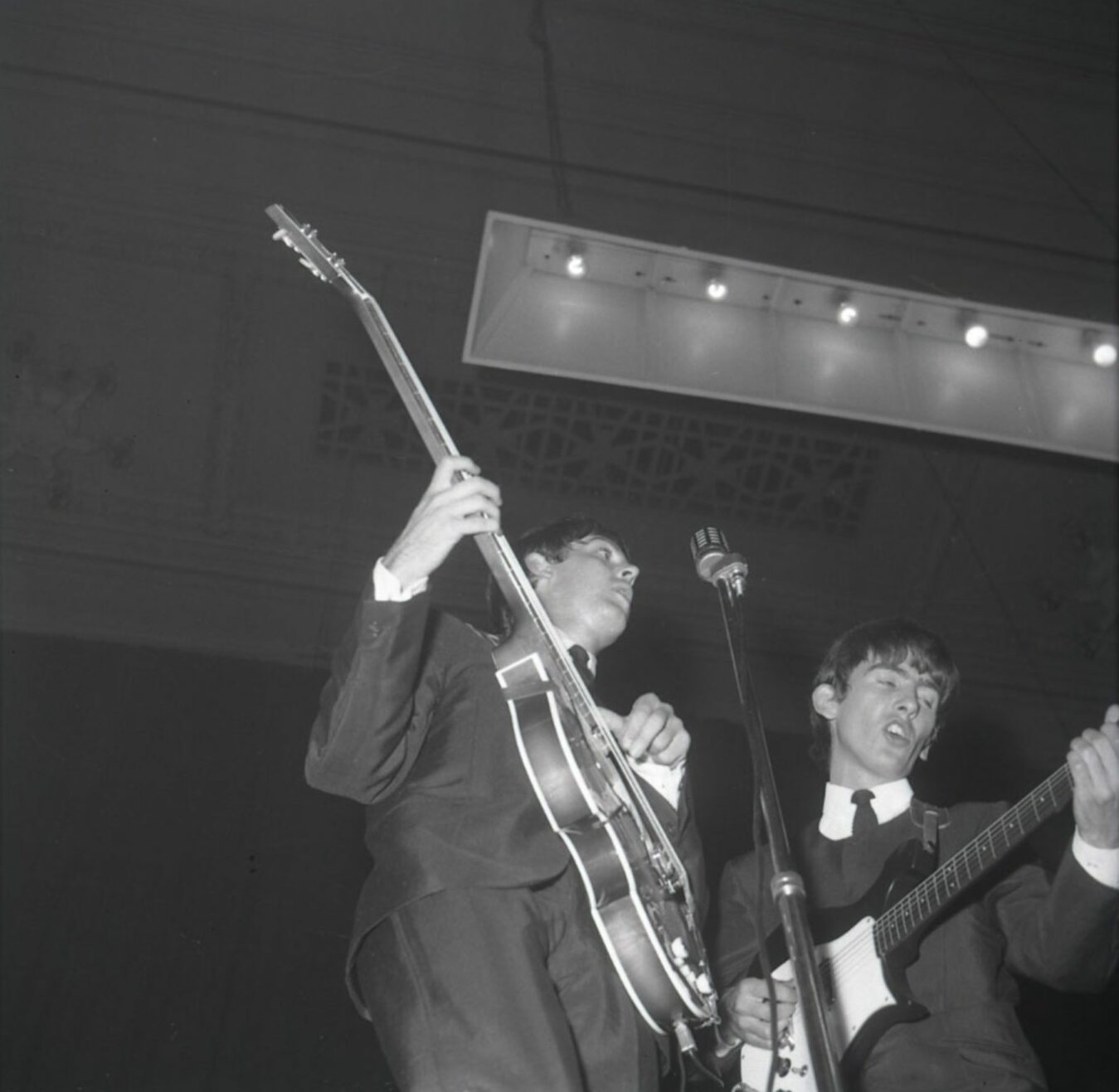
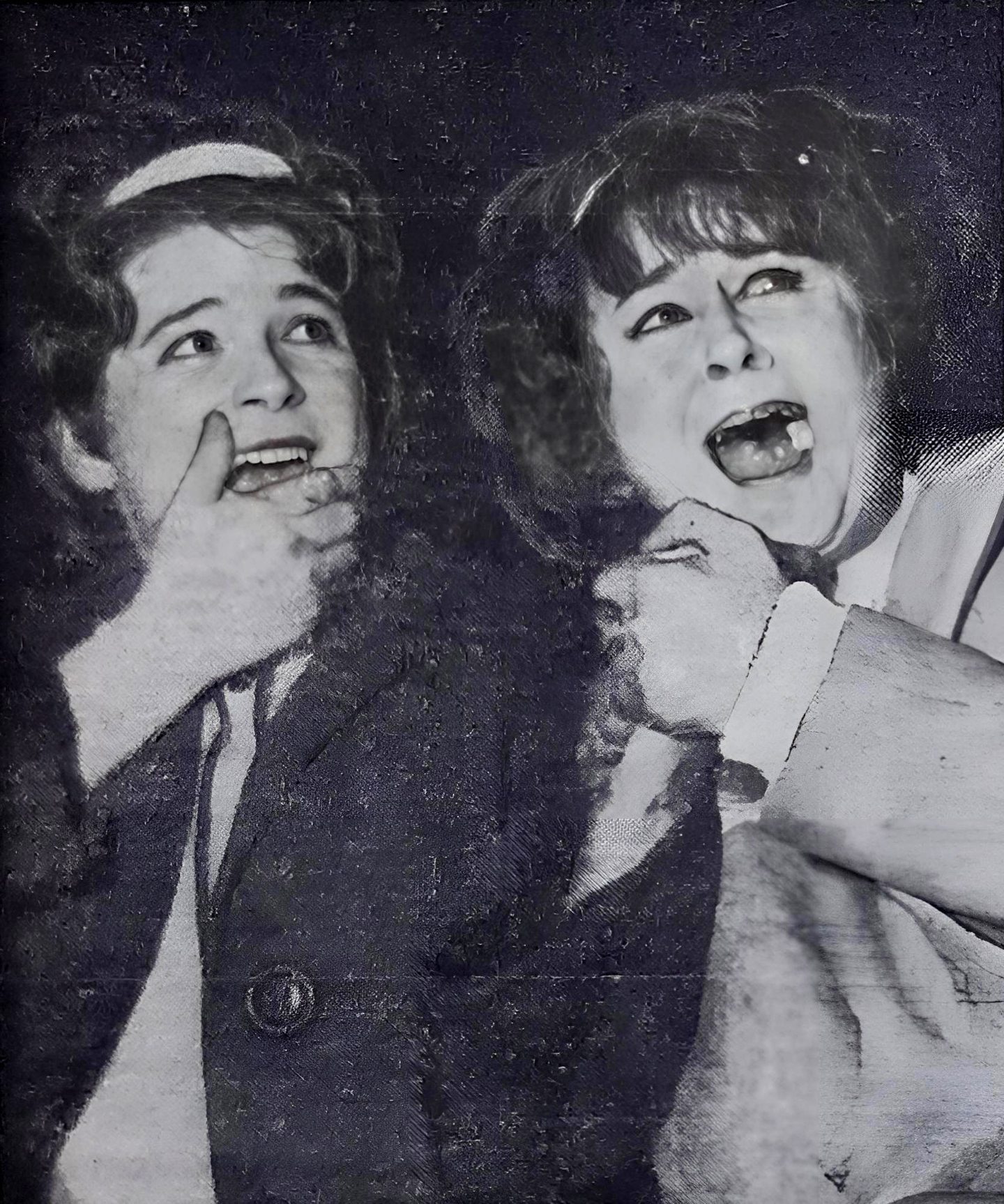
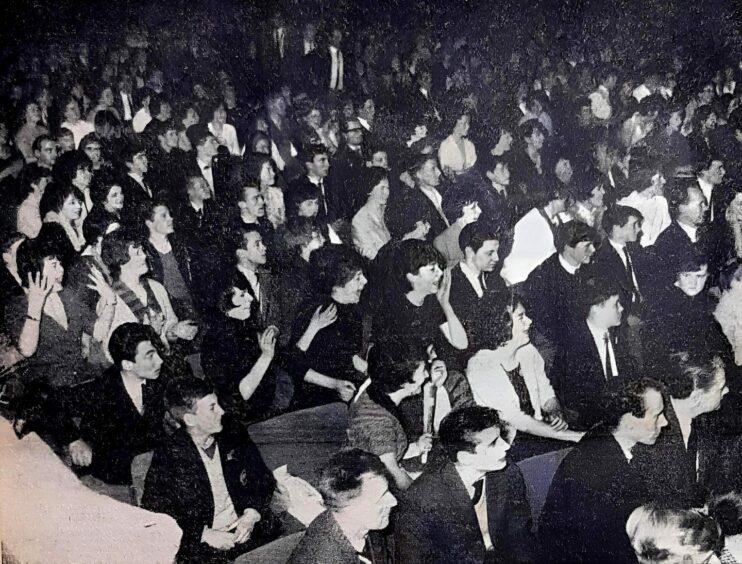
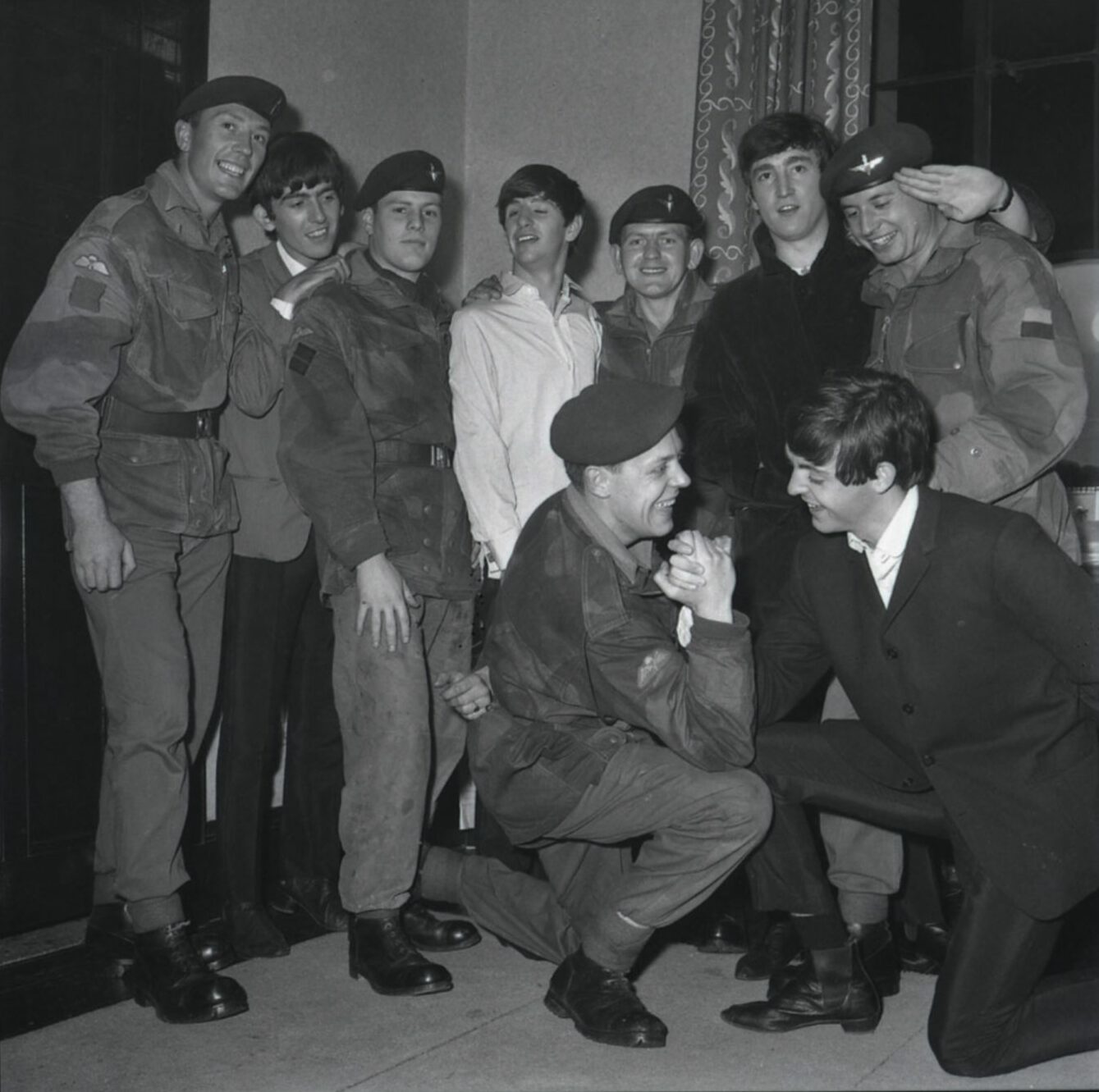

Conversation